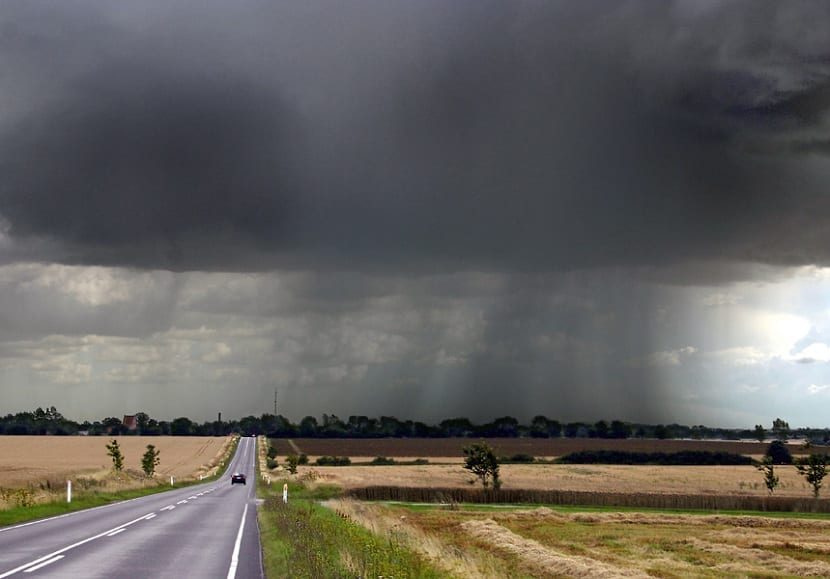
Clouds are made up of a large number of tiny water droplets and small ice crystals that come from the change of state from water vapor to liquid and solid in an air mass. The air mass rises and cools until it becomes saturated and becomes water droplets. When the cloud is loaded with water droplets and the environmental conditions favor it, they precipitate in the form of ice, snow or hail.
Do you want to know everything about precipitation?
How is precipitation formed?
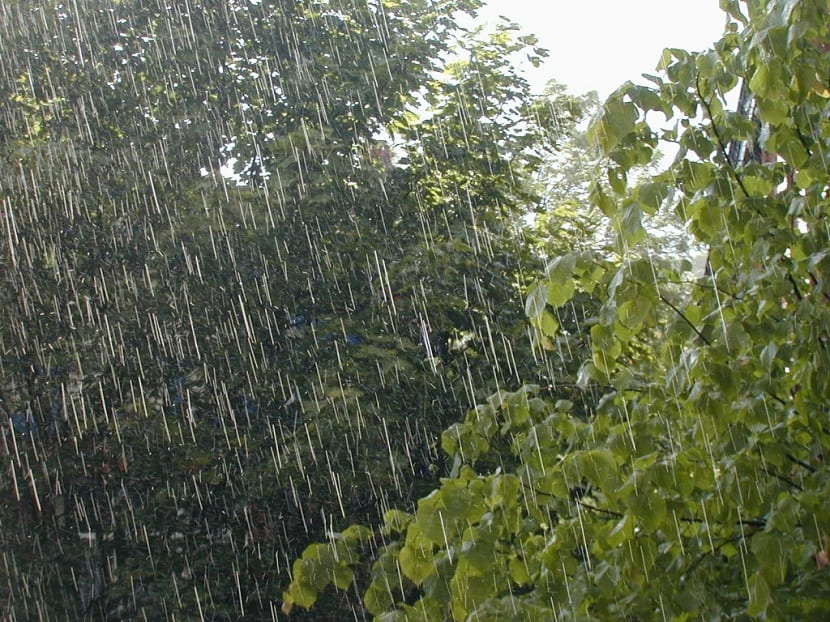
When the air on the surface heats up, it rises in altitude. The troposphere its temperature decreases with altitude, that is, the higher we go, the colder it is, so when the air mass rises, it runs into the colder air and becomes saturated. When saturated, it condenses into small droplets of water or ice crystals (depending on the temperature at which the surrounding air is) and surrounds small particles with a diameter less than two microns called hygroscopic condensation nuclei.
When the water drops cling to the condensation nuclei and the air masses on the surface do not stop rising, a cloud of vertical development is formed, since the amount of air that is saturating and condensing is such that ends up increasing in height. This type of clouds that are formed by atmospheric instability se le Llama cumulus humilis that, as they develop vertically and reach a considerable thickness (enough to allow hardly any solar radiation to pass through), is called cumulonimbus.
For the vapor existing in an air mass that reaches saturation to condense into droplets, two conditions must be met: the first is that the air mass has cooled down enoughThe second is that there are hygroscopic condensation nuclei in the air on which water droplets can form.
Once the clouds have formed, what is it that causes them to give rise to rain, hail, or snow, that is, to some type of precipitation? The tiny droplets that make up the cloud and that are suspended within it thanks to the existence of updrafts, will begin to grow at the expense of other droplets that they find in their fall. Two forces act fundamentally on each droplet: due to drag that the rising air current exerts on it, and the weight of the droplet itself.
When the droplets are large enough to overcome the drag force, they will rush to the ground. The longer the water droplets spend in the cloud, the larger they become, as they add to other droplets and other condensation nuclei. In addition, they also depend on the time the droplets spend ascending and descending in the cloud and the greater the total amount of water that the cloud has.
Types of precipitation
The types of precipitation are given as a function of the shape and size of the drops of water that precipitate when the right conditions are given. They may be, drizzle, showers, hail, snow, sleet, rains, etc.
Drizzle

The drizzle is small precipitations whose droplets of water are very small and fall evenly. Normally, these droplets do not get to wet the soil too much and depend on other factors such as wind speed and relative humidity.
Showers
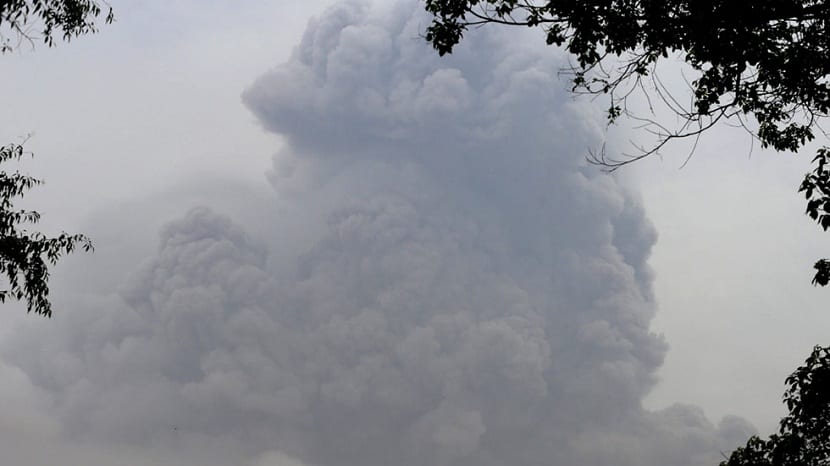
Showers are larger drops that usually fall from in a violent way and for a short period of time. Showers tend to occur in places where atmospheric pressure decreases and a center of low pressure is created called a storm. The showers are related to those clouds of type cumulonimbus that form too quickly, so the water droplets become large.
Hail and snowflakes
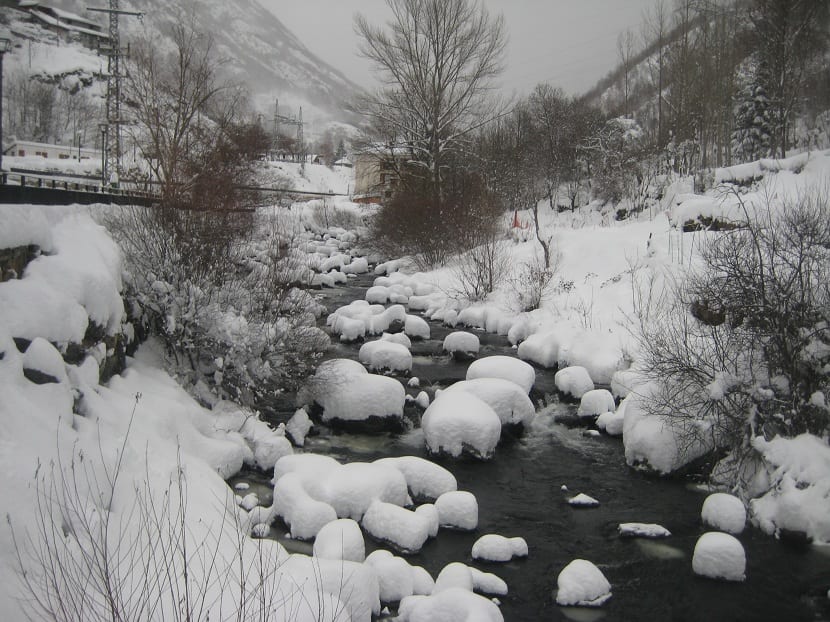
Precipitation can also be in solid form. For this, in the clouds ice crystals must form at the top of the cloud already very low temperatures around -40 ° C. These crystals can grow at the expense of water droplets at very low temperatures that freeze on them (being the beginning of the formation of hail) or by joining other crystals to form snowflakes. When they reach a suitable size and due to the action of gravity, they can leave the cloud giving rise to solid precipitation on the surface, if the environmental conditions are appropriate.
Sometimes the snowflakes or hail that came out of the cloud, if they encounter a layer of warm air in their fall, melt before reaching the ground, eventually leading to precipitation in liquid form.
Forms of precipitation and types of clouds

The type of precipitation depends fundamentally on the environmental conditions in which the cloud forms and the type of cloud that forms. In this case, the most common precipitations are frontal, orographic and convective or stormy types.
Frontal precipitation It is the one in which the clouds are associated with the fronts, both hot and cold. The crossing between a warm and a cold front forms clouds that give frontal-type precipitation. A cold front forms when a mass of cold air pushes and displaces a warmer mass upward. In its ascent, it cools and gives rise to the formation of clouds. In the case of a warm front, a mass of warm air glides over one that is colder than it.
When the formation of a cold front occurs, normally the type of cloud that forms is a Cumulonimbus or Altocumulus. These clouds tend to have a greater vertical development and, therefore, trigger more intense and higher volume precipitation. Also, the size of the droplet is much larger than those that form on a warm front.
Clouds that form on a warm front have a more stratified shape and are usually Nimbostratus, Stratus, Stratocumulus. Normally, the rainfall that occurs on these fronts they are softer, drizzle type.
In the case of precipitation from storms, also called 'convective systems', the clouds have a lot of vertical development (cumulonimbus) so they will produce intense and short-lived rains, often torrential.
How precipitation is measured
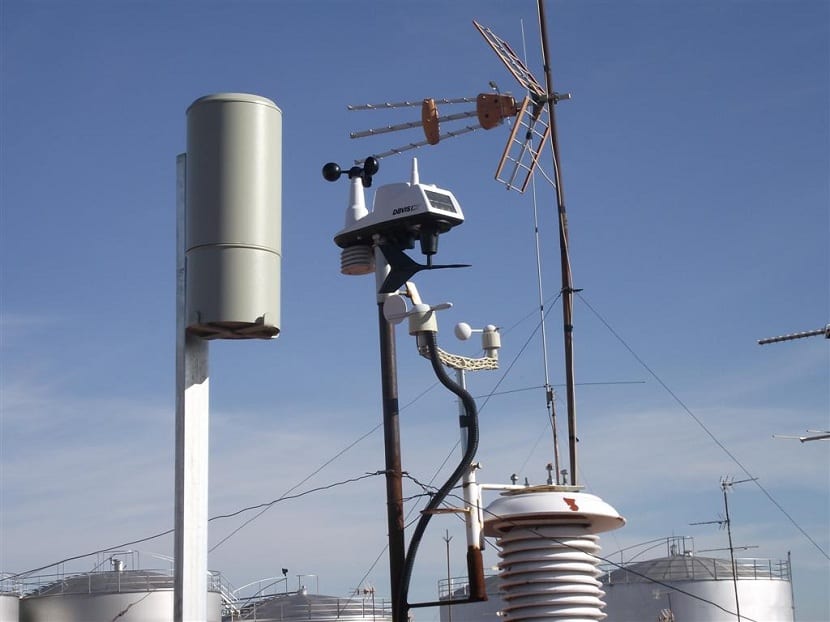
To measure the amount of rain or snow that has fallen in a certain area and in a given time interval, there is a rain gauge. It is a kind of deep funnel-shaped glass that sends the collected water to a graduated container where the total amount of rain that falls accumulates.
Depending on where the rain gauge is located, there may be external factors that alter the correct measurement of precipitation. These errors can be the following:
- Lack of data: The series can be completed by correlation with other nearby stations that have a similar topographic situation and are in climatologically homogeneous zones.
- Accidental mistakes: random error, a specific data shows an error but it does not repeat itself (some water falls during the measurement, printing errors, etc.). They are difficult to detect although an isolated error will not affect a general study with values of a long period.
- Systematic errors: they affect all station data during a certain time interval and always in the same direction (for example, bad station location, use of inappropriate probes, change of station location, change of observer, bad state of the apparatus).
To avoid the splashing of the raindrops when striking the outer edge of the rain gauge, it is built with beveled edges. They are also painted white to reduce the absorption of solar radiation and avoid as much as possible evaporation. Making the conduit through which the water falls into the container narrow and deep reduces the amount of water that evaporates, making the total precipitation measurement as close to actual as possible.
In mountain areas, where it is common for precipitation to be in solid form (snow) or for temperatures to drop below the freezing point of water, some type of product is usually included in the deposit (usually anhydrous calcium chloride) whose function is to reduce the value of the temperature at which the water would solidify.
It must be taken into account that the position of the rain gauge can affect its measurement. For example, if we place it near buildings or near trees.
The volume of rain collected is measured in liters per square meter (l / m2) or what is the same, in millimeters (mm.). This measurement represents the height, in millimeters,
that would reach a layer of water covering a horizontal surface of one square meter.
With this information you will be able to know more about the rains, types of rain and better understand the weather man.
Very good article, it served me a lot. I am pleased that the information is complete to be able to cite properly. Regards.